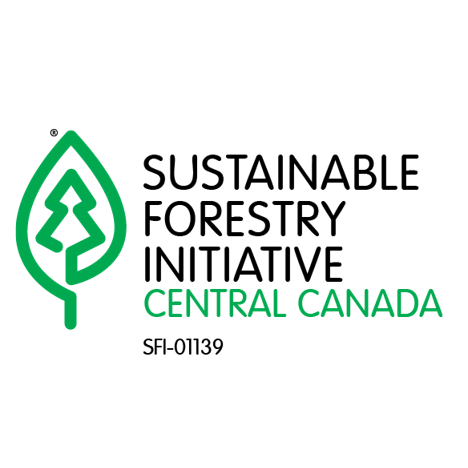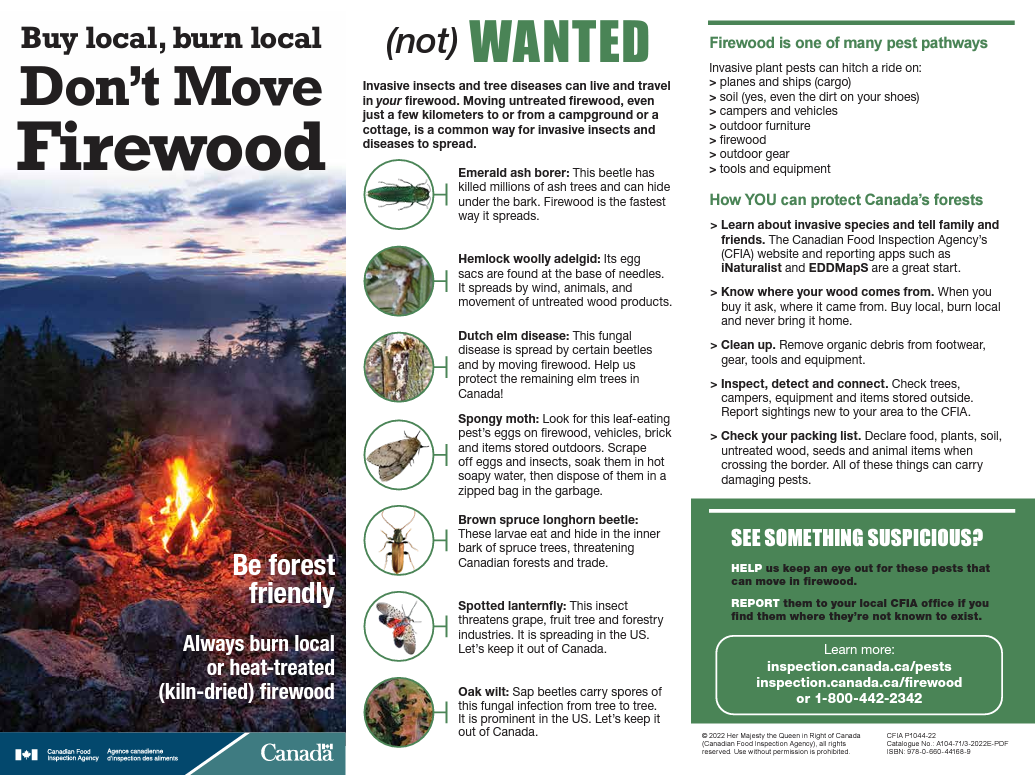Invasive Species
What are Invasive Species?
An invasive species may be a plant, insect, animal, fish or other organism that is not native to Canada, and when introduced out competes local, native species for food and other habitat requirements.
Some highly publicized examples of invasive species include emerald ash borer, spongy moth, dutch elm disease and asian long-horned beetle.
Why is it Important to Know About Invasive Species?
The key to any prevention program is awareness. By being aware of invasive species, individuals can report sightings to the appropriate agencies for monitoring and action as required. In addition, by being aware individuals can take the appropriate precautions to prevent further spread of these invasive species; such as purple loosestrife,
In July 2012, the MNRF launched the Ontario Invasive Species Strategic Plan. This document outlines Ontario's approach to the prevention, early detection, response and management of new and existing invasive species.
What Should You Do If You See an Invasive Species?
If you see an invasive species it is important to report it.
Ontario
The Ontario Federation of Anglers and Hunters (OFAH), in cooperation with the Ministry of Natural Resources and Forestry has initiated an invading species hotline and on-line reporting system.
Call 1-800-563-7711 (OFAH Invading Species Hotline)
Contact your local MNRF office
Early Detection & Distribution Mapping System (EDDMaps) - Smart Phone App
Manitoba
Sightings should be reported to the Invasive Species Council of Manitoba.
Call 1-204-232-6021
Report on-line
How Do You Know What Invasive Species May Be in Your Area?
To find out what invasive species may be in your area , you can consult any of the resources listed below.
Invasive Species Council of Manitoba: Website provides detailed information on invasive species in Manitoba and direction on how to report sightings.
Ontario's Invading Species Awareness Program: Awareness website set up as joint venture by OFAH and MNRF, provides detailed information on invasive species in Ontario and direction on how to report sightings.
Ontario Invasive Species On-line Mapping: Provides "real time" mapping of invasive species sightings as reported by website users. Website partners include OFAH, Invasive Species Centre, Ontario's Invading Species awareness program and MNRF.
Canadian Food Inspection Agency: Provides access to technical reports on invasive species.
Emerald Ash Borer
A reminder from the Northwestern Ontario EAB Task Force: Burn your wood where you buy it and don't move firewood from one region to another. Not moving firewood will help stop the spread of pests, such as the Emerald Ash Borer (EAB), from spreading further. EAB will happily hitch a ride on your wood to move from an area already infested to Northwestern Ontario where it has not yet been found. All it takes is one load of infested wood!
When EAB arrives in Northwestern Ontario it will likely infest every living ash tree in the area. Adult beetles can only fly short distances, but the movement of firewood has allowed it to spread across North America since it arrived in 2002. Ash trees make up approximately 10% of the natural forests in Northwestern Ontario and approximately 25% of the urban forest. All ash trees have been lost within 5 years in areas where the beetle has been established.
The Northwestern Ontario EAB task force is preparing for the arrival of EAB and working on public outreach and education and the development of a management plan. The only way to protect our natural and urban forests is to keep the beetle out. Do your part and Don't Move Firewood!
To find out more on EAB, please visit the CFIA's website.




